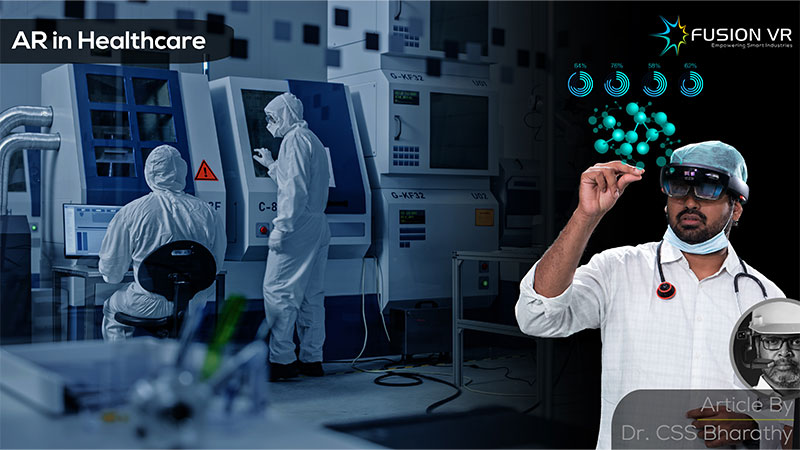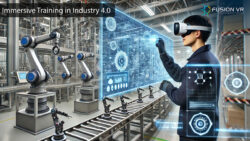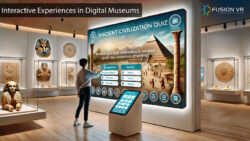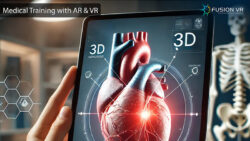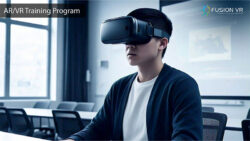Augmented reality is one such technology that has found quick and easier adoption across many industries, and the healthcare industry is not far off from the rest. What makes this possible is the simplicity of this technology. It is easy and quite obvious to see what this technology can accomplish.
As a matter of fact, AR enables the improvement of human performance. Also, as the name suggests, it augments the reality we see and experience around us. That augmentation helps develop use cases that have made AR popular for work and play.
Every one of us needs good health to stay productive and enjoy our brief stay on this planet. When we fall ill, we seek out the best and most trusted healthcare providers. Our trust is earned by the quality of the healthcare professionals, their systems and their processes. While high and uncompromising standards have been established, we also hear about events where the best patient outcomes have not been achieved.
These situations lead to severe impacts on the patients and difficult situations for healthcare providers. It is here that Augmented Reality can help to dramatically improve patient outcomes and deliver a win-win situation for all. The potential of augmented reality healthcare companies are reflected in the global market potential, which is estimated at around 4.2 billion dollars in 2026. There are many applications of Augmented Reality, and it’s my endeavour to present them for the benefit of everyone.
AR for healthcare is helping to improve the quality of executing surgeries in a big way. The growth of diagnostic technologies, advances in connectivity and the development of better imaging and visualisation techniques have converged to benefit from safer surgeries. Using these technologies, a surgeon obtains accurate information about the patient’s anatomy, their diagnosis and enables them to develop the proper surgical plan needed.
This plan is developed in collaboration with a cross-section of medical experts from anaesthetists, radiologists, surgeons, nurses and therapists to design the best approach. Such plans enable the surgical team to review, rehearse and fine tune the approach before actually implementing it.
The surgical plan is actually overlaid on the patient, and the AR solution provides the surgical team with the right information on incisions and is minimally invasive. This is crucial to deliver successful patient outcomes, particularly for complex spinal and back operations. In addition, Augmented Reality can be used to help students train and gain competence in all aspects of medical care.
Endoscopy is an invasive diagnostic imaging approach to investigate and diagnose problems. To ensure that the path is right and also confirm that the correct interior organs and tissues are checked, we now have AR that is improving the accuracy of such procedures. This saves time and discomfort and delivers a more thorough diagnosis for the benefit of the doctors. Armed with the right information, doctors can deliver the right treatment for the patient.
Quite often, patients wish to avoid open surgery and resort to minimally invasive surgical procedures such as laparoscopy. Here AR-enabled devices help to track the position and movement of the surgical instrument, helping surgeons hone in on the correct location and avoiding errors and unintended internal injuries in the process of augmented reality in healthcare education.
AR can use computer vision to accurately identify and highlight tissues making it easier for surgeons to work on the right areas. Such assistance is a game changer for the healthcare teams, helping them reduce human error and adding confidence to the patients.
It is quite obvious now see the value of AR applications in healthcare. A few examples are enough to make decisions on the adoption of Augmented Reality for healthcare. It will help train and support young and experienced medical professionals directly at work. The future of AR applications is strong, and it may do you a world of good to chat with your general physician about AR on your next visit.

